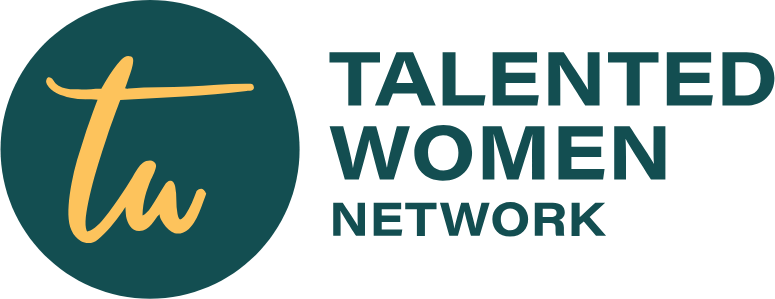In B2B marketing, credibility is king—and relationships are the currency.
That’s why forward-thinking companies are now turning to LinkedIn Events as a strategic lead generation tool, blending content, community, and conversation into one high-converting experience.
Unlike traditional webinars or cold outreach, LinkedIn Events offer something different: built-in visibility, professional context, and algorithm-fueled organic reach.
For brands seeking to connect with decision-makers and turn interactions into pipelines, it’s an untapped goldmine.
Why LinkedIn Events Work for B2B
LinkedIn isn’t just a social platform—it’s a B2B discovery engine.
With over 1 billion professionals on the platform (and 65+ million decision-makers), it offers a rare mix of targeted reach and contextual relevance. LinkedIn Events tap directly into that ecosystem.
Whether it’s a panel discussion, product demo, or thought leadership session, events signal authority while encouraging interaction.
More importantly, they collect warm leads—people who opted in to hear from you.
“Every registrant is a hand-raiser,” says Sarah Adetola, a B2B growth strategist based in Johannesburg. “They’re telling you they’re interested—now it’s up to you to nurture that interest strategically.”
Step-by-Step: Generating Leads Through LinkedIn Events
1. Define a Topic That Solves a Real Problem
Start by identifying a pain point your ideal B2B client faces—and build your event around solving it. Think:
“How CFOs Can Navigate Rising Costs in 2025”
“Scaling B2B Sales Without Scaling Headcount”
Avoid product-centric topics. Instead, aim for thought leadership that positions your brand as the go-to solution.
2. Optimize the Event Page for Conversions
Use a clear, benefits-driven title and banner. Your description should:
- Address the audience’s pain point
- Outline the key takeaways
- Include a strong CTA to “Register Now”
Bonus: use a short LinkedIn-native video to preview the event—it increases conversions significantly.
3. Promote Strategically—Organically and Through DMs
Post teasers from speakers, behind-the-scenes prep, or mini video clips in the lead-up to the event. Tag co-hosts and speakers to expand reach.
Then, go a step further: use LinkedIn’s filters to send personalized invites to decision-makers in your industry.
Don’t spam. Keep the invite brief:
“Hi [Name], I’m hosting a LinkedIn Event on [topic] next week that I think you’d find valuable. Would love to have you join—here’s the link.”
4. Use the Registration List for Lead Nurturing
Every registrant can be exported (if the event is hosted via LinkedIn’s registration form). This list is gold for your CRM. After the event:
- Send a thank-you email with the replay and additional resources
- Offer a follow-up call, PDF, or case study
- Segment leads based on job role or interest shown during Q&A
5. Repurpose the Event for Ongoing Lead Gen
Your event is not a one-time play. Repurpose it into:
- Short video clips for social proof
- A blog post or downloadable guide
- A lead magnet on your website
Each asset can drive long-term SEO traffic and capture additional leads through evergreen content.
Co-hosting with influencers, partners, or clients not only boosts attendance but deepens trust.
If your guest speaker already commands attention in your target industry, their endorsement—and their audience—becomes part of your pipeline.
LinkedIn Events aren’t just for building awareness—they’re a modern lead gen machine for B2B businesses willing to lead with value.
With the right strategy, they offer direct access to decision-makers, scalable trust-building, and a frictionless path from conversation to conversion.
The best part? You don’t need a massive ad budget to make it work—just a relevant message, a thoughtful format, and the willingness to show up and lead.

